What is Cryptolepis?
Cryptolepis is a potent antibmicrobial herb originating from Africa and Southeast Asia. It’s become one of the go-to herbal species for treating resistant bacteria and malaria.
The active constituents of the plant are a group of alkaloids, each of which have been proven effective against a wide variety of bacterial, mycobacterial, fungal, and parasitic organisms (specific strains listed below).
The roots also contain a rich yellow pigment that makes the herb useful for dying fabrics and leather a deep yellow color.
What is Cryptolepis Used For?
Cryptolepis is almost exclusively used as an antimicrobial against parasitic, bacterial, amoebic, and fungal infections. This herb is very useful for infections of all kinds. It’s a popular herb for digestive disorders and infection, topically for skin infections, or orally for urinary tract infections.
Outside of medicine cryptolepis is used as a source of yellow dye — lending to one of its common names, yellow dye root.
Brewing a Decoction of Cryptolepis
Traditional Uses of Cryptolepis
+ Africa
Cryptolepis originates from Africa, where it was primarily used to treat malaria, amoebic dysentery, and both urinary and respiratory infection.
The herb’s success with malaria patients is what made the plant so popular today, and there is now large plots of land dedicated to its cultivation to meet the demand for the herb within Africa, as well as elsewhere in the world.
+ Asia & Indonesia
A closely related species — Cryptolepis buchanii — grows throughout Indonesia, Thailand, China, India, and Nepal.
This species was used in Thailand for treating systemic inflammation, arthritis, and muscle pain.
In India, this species was used to treat diarrhea, bacterial infection, ulcers, and for treating rickets in children.
Herb Details: Cryptolepis
Herbal Actions:
- Antiamoebic
- Antibacterial
- Anticancer
- Antifungal
- Anti-inflammatory
- Antiparasitic
- Antipyretic
- Antiviral (Mild)
Weekly Dose
- (1:2 Liquid Extract)
30 100 mL - View Dosage Chart
Part Used
Roots
Family Name
Apocynaceae
Distribution
Africa & Southeast Asia
Constituents of Interest
- Cryptolpine
- Norcyptolepine
- Cryptospirolepine
- Isocryptolepine
Common Names
- Cryptolepis
- Yellow Dye Root
- Delboi
- Gangamau
- Ghanian Quinine
- Kadze
- Koli Mekari
- Kpokpo-Yangolei
- Nibima
- Nombon
- Nurubima
- Ouidoukoi
- Paran Pupa
CYP450
- Unknown
Pregnancy
- Avoid cryptolepis if pregnant or breastfeeding
Duration of Use
- High-dose use of cryptolepis (4-6mL per day) should be limited to 60 days. Low-doses (1-2 mL per day) is considered safe for long-term use.
Botanical Information
Cryptolepis is a member of the Apocynaceae (dogbane) family — which contains roughly 348 genera of trees, shrubs, vines, and herb succulents. members of this family can be found throughout the tropics.
Another notable species in this family is Vinca major (periwinkle)
Most of the species in this family grow in dense tropical rainforests, but a select few prefer harsh, dry environments — including cryptolepis, which prefers dry savanah forests. You’re more likely to find the herb growing near a source of water, however.
You can find cryptolepis wild in dry grassy or forested regions from Senegal east to Nigeria. The plant can also be found sporatically in Camaroon and the Congo.
Some related species grow in Australia as well.
Within the cryptolepis genus there are roughly 42 species — with the primary studied species being Cryptolepis sanguinolenta.
Cultivation, Harvesting & Preparation
Both the roots and stems of the plant have been used as medicine, but the roots contain nearly twice as much of the active alkaloids than the stem — so most people tend to just use the roots instead.
Pharmacology & Medical Research
+ Antibacterial
Cryptolepis is well-known for its antibacterial activity — and is considered by many herbalists to be one of the most reliable systemic antimicrobial herbs available.
Cryptolepis has been tested agains many different strains of bacteria, amoeba, fungi, parasites, and virus.
The most active inhibitory effects of the herb are towards bacteria and parasites, with mild anti-fungal and antiviral activity.
These alkaloids work by inhibiting growth, breaking down cell membranes (lysis), causing morphological changes to the cell, and direct bactericidal activities [1, 2, 3].
One study in particular tested the effects of various cryptolepis extracts (water, ethanol, petroleum ether, chloroform, and ethyl acetate extracts) agains antibiotic-resistant bacteria [1]. The herb was effective agains 75% of the strains tested.
The study found cryptolepis extracts to be effective against the following bacteria:
Staphylococcus saprophyticus
Staphylococcus aureus
Salmonella typhi
Proteus mirabilis
Excherichia coli
Proteus mirabilis
Pseudomonas aeruginosa
Klebsiella pneumoniae
Cryptolepis has also been shown to inhibit other organisms, including:
Neisseria gonorrhoeae [4]
Shigella dysenteriae [2]
Salmonella typhimurium [2]
Vibrio cholerae [2]
Enterococcus faecalis [2]
Campylobacter jejuni (65 strains) [5]
Campylobacter coli (41 strains) [5]
Bacillus cerues [7]
Streptococcus pyogenes [7]
Enterobacter cloacae [7]
Klebsiella pneumonia [7]
Proteus vulgaris [7]
Mycobacterium fortuitum [6]
Mycobacterium phlei [6]
Mycobacteriumaurum [6]
Mycobacterium smegmatis [6]
Mycobacterium bovis [6]
Mycobacterium abcessus [6]
The herbs effectiveness agains Escherichia coli, Proteus miribalis, and Staphylococcus saprophyticus provide a mechanism of action for the herbs traditional uses for urinary tract infection.
it should be noted that in most of the studies cited above, the ethanolic extract was by far the most effective. Water extracts were the least effective overall unless decocted for several hours.
+ Antifungal
Many of the same alkaloids active agains bacterial strains are also effective agains fungal infection.
Cryptolepine and neocryptolepine have both been shown to have antifungal activity against the following species:
Candida albicans [7]
Aspergillus niger [4]
Microsporum canis [7]
Epidermophyton floccosum [7]
Trichopyton rubrum [7]
Trichopyton mentagrophytes [7]
Saccharomyces cerevisiae [7]
+ Anti-Parasitic
This herb has a long history of use for malaria and other parasitic infections. As a result, there’s ben a lot of study to elucidate these effects further.
A preclinical trial using an aqueous extract of the root found the herb, as well as isolated fractions of cryptolepine and isocryptoleopine had direct antiplasmoidial activity [8]. I’s important to note that all strains of plasmodium falciparum used in this study were already resistant to chloroquine — suggesting alternate mechanisms for cryptolepine and isocryptolepines antimalarial effects.
These results have been replicated at least four more times using different alkaloid fractions of the plant, different administration methods (injection), and different strains of plasmodium — all showed varying levels of improvement from the application of cryptolepis [8, 9, 10].
One study noted a synergistic effect against plasmodium falciparum and Plasmodium berghei with artimisinins — which is a compound found in the Artemesia annua (Qing Hao). These same results were noted from a semi-synthetic analog of artemisinin called artesunate without producing any toxic side effects. [11].
Clinical Trials
In one trial [12], 44 patients with uncomplicated malaria were given cryptolepis root tea (2.5 gram equivalent) three times per day for five days. The effects were considered positive if the parasites were undetectable in the blood by day seven, and remained undetectable at a 28 day followup.
By the end of the study, 50% of patients were considered cleared of malaria after 2 days of treatment. Chills, vomiting, and nausea were cleared in all patients by day three. By the end of the trial, 93.5% of patients had undetectable levels of plasmodium in the blood, and no symptoms. These improvements are consistent with the pharmaceutical application chloroquine.
Phytochemistry
The primary group of medicinal compounds in cryptolepis are the alkaloids. The primary active alkaloids in the herb include:
Cryptolepine (the primary bioactive compound)
Norcryptolepine
Cryptospirolepine
Isocryptolepine
Hydroxycryptolepine
Cryptoheptine
Biscryptolepine
Neocryptolepine
Cryptoquindoline
The primary active ingredient is cryptolepine — which is also the primary ingredient in another well-known systemic antimicrobial plant, Sida (Sida acuta).
Cryptolepine is an indoloquinoline alkaloid with significant antimicrobial activity. This compound has been shown to have direct antimalarial, antibacterial, anticancer, antipyretic, and anti-inflammatory activities [2, 13, 14, 15].
A separate alkaloid, cryptohepine, has also been shown to posess significant antibacterial activity against both gram-negative and gram-positive bacteria [5, 20]. Other alkaloids including neocryptolepine and biscryptolepine have also shown activity agains gram-positive bacteria, but aren’t as well studied as cryptohepine or cryptolepine. Neocryptine is reported to provide more bacteriostatic activity than bacteriocidal [7].
Cautions & Safety Information:
Cryptolepis has been used for thousands of years without any evidence of toxic side effects. One clinical trial gave patients 80 mL of cryptolepis extract for six days (a very high dose), with no side effects reported [16].
in rats, the LD50 of cryptolepis was over 5000 mg/kg — an incredibly potent dose [17, 18].
Some mild side effects have been noted when using isolated cryptolepis alkaloids that aren’t noted in whole-plant extracts. Side effects from this may include a rise in ALP and uric acid [12].
One animal study found cryptolepis leaf extract resulted in a decreased sperm count in rats [19].
Avoid using cryptolepis in combination with antidiabetic medications and central nervous system depressants (such as phenobarbitone).
Recent Blog Posts:
Featured Herb Monographs
References:
[1] — Mills-Robertson, F. C., Tay, S. C., Duker-Eshun, G., Walana, W., & Badu, K. (2012). In vitro antimicrobial activity of ethanolic fractions of Cryptolepis sanguinolenta. Annals of clinical microbiology and antimicrobials, 11(1), 16.
[2] — Paulo, A., Duarte, A., & Gomes, E. T. (1994). In vitro antibacterial screening of Cryptolepis sanguinolenta alkaloids. Journal of ethnopharmacology, 44(2), 127-130.
[3] — Sawer, I. K., Berry, M. I., & Ford, J. L. (2005). The killing effect of cryptolepine on Staphylococcus aureus. Letters in applied microbiology, 40(1), 24-29.
[4] — Boakye-Yiadom, K. (1979). Antimicrobial properties of some West African medicinal plants II. Antimicrobial activity of aqueous extracts of Cryptolepis sanguinolenta (Lindl.) Schlechter. Quarterly Journal of Crude Drug Research, 17(2), 78-80.
[5] — Paulo, A., Pimentel, M., Viegas, S., Pires, I., Duarte, A., Cabrita, J., & Gomes, E. T. (1994). Cryptolepis sanguinolenta activity against diarrhoeal bacteria. Journal of ethnopharmacology, 44(2), 73-77.
[6] — Gibbons, S., Fallah, F., & Wright, C. W. (2003). Cryptolepine hydrochloride: a potent antimycobacterial alkaloid derived from Cryptolepis sanguinolenta. Phytotherapy Research, 17(4), 434-436.
[7] — Cimanga, K., De Bruyne, T., Pieters, L., Totte, J., Tona, L., Kambu, K., ... & Vlietinck, A. J. (1998). Antibacterial and antifungal activities of neocryptolepine, biscryptolepine and cryptoquindoline, alkaloids isolated from Cryptolepis sanguinolenta. Phytomedicine, 5(3), 209-214.
[8] — Grellier, P., Ramiaramanana, L., Millerioux, V., Deharo, E., Schrével, J., Frappier, F., ... & Pousset, J. L. (1996). Antimalarial activity of cryptolepine and isocryptolepine, alkaloids isolated from Cryptolepis sanguinolenta. Phytotherapy Research, 10(4), 317-321.
[9] — Cimanga, K., De Bruyne, T., Pieters, L., Vlietinck, A. J., & Turger, C. A. (1997). In vitro and in vivo antiplasmodial activity of cryptolepine and related alkaloids from Cryptolepis sanguinolenta. Journal of natural products, 60(7), 688-691.
[10] — Whittell, L. R., Batty, K. T., Wong, R. P., Bolitho, E. M., Fox, S. A., Davis, T. M., & Murray, P. E. (2011). Synthesis and antimalarial evaluation of novel isocryptolepine derivatives. Bioorganic & medicinal chemistry, 19(24), 7519-7525.
[11] — Forkuo, A. D., Ansah, C., Boadu, K. M., Boampong, J. N., Ameyaw, E. O., Gyan, B. A., ... & Ofori, M. F. (2016). Synergistic anti-malarial action of cryptolepine and artemisinins. Malaria journal, 15(1), 89.
[12] — Bugyei, K. A., Boye, G. L., & Addy, M. E. (2010). Clinical efficacy of a tea-bag formulation of Cryptolepis sanguinolenta root in the treatment of acute uncomplicated falciparum malaria. Ghana medical journal, 44(1).
[13] — Ntie-Kang, F., Lifongo, L. L., Simoben, C. V., Babiaka, S. B., Sippl, W., & Mbaze, L. M. A. (2014). The uniqueness and therapeutic value of natural products from West African medicinal plants. Part I: uniqueness and chemotaxonomy. RSC Advances, 4(54), 28728-28755.
[14] — Bierer, D. E., Fort, D. M., Mendez, C. D., Luo, J., Imbach, P. A., Dubenko, L. G., ... & Zhang, P. (1998). Ethnobotanical-directed discovery of the antihyperglycemic properties of cryptolepine: its isolation from Cryptolepis sanguinolenta, synthesis, and in vitro and in vivo activities. Journal of medicinal chemistry, 41(6), 894-901.
[15] — Paulo, A., Gomes, E. T., & Houghton, P. J. (1995). New alkaloids from Cryptolepis sanguinolenta. Journal of Natural Products, 58(10), 1485-1491.
[16] — Luo, J., Fort, D. M., Carlson, T. J., Noamesi, B. K., nii‐Amon‐Kotei, D., King, S. R., ... & Waldeck, N. (1998). Cryptolepis sanguinolenta: an ethnobotanical approach to drug discovery and the isolation of a potentially useful new antihyperglycaemic agent. Diabetic medicine, 15(5), 367-374.
[17] — Ansha, C., & Mensah, K. B. (2013). A review of the anticancer potential of the antimalarial herbal Cryptolepis sanguinolenta and its major alkaloid cryptolepine. Ghana medical journal, 47(3), 137-147.
[18] — Ansah, C., Mfoafo, E. A., Woode, E., Opoku-Okrah, C., Owiredu, W. K. B. A., & Duwiejua, M. (2008). Toxicological evaluation of the anti-malarial herb Cryptolepis sanguinolenta in rodents. J Pharmacol Toxicol, 3, 335-43.
[19] — Ajayi, A. F., & Akhigbe, R. E. (2012). Antifertility activity of Cryptolepis sanguinolenta leaf ethanolic extract in male rats. Journal of human Reproductive sciences, 5(1), 43.
[20] — Paulo, A., Gomes, E. T., Steele, J., Warhurst, D. C., & Houghton, P. J. (2000). Antiplasmodial activity of Cryptolepis sanguinolenta alkaloids from leaves and roots. Planta medica, 66(01), 30-34.
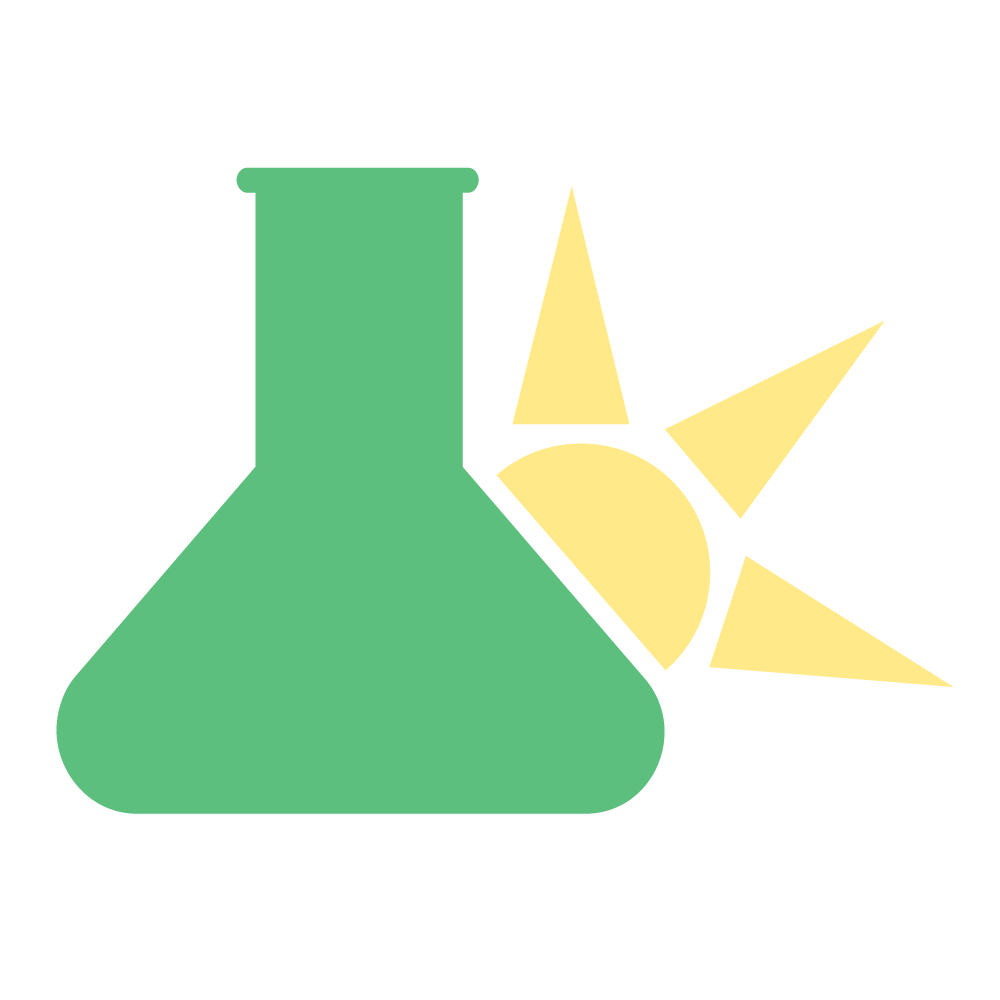





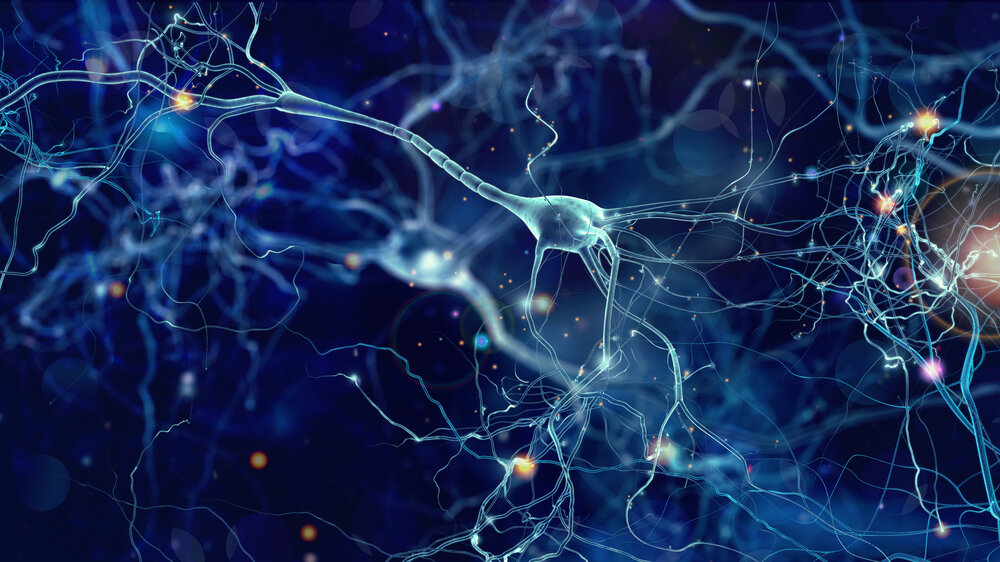






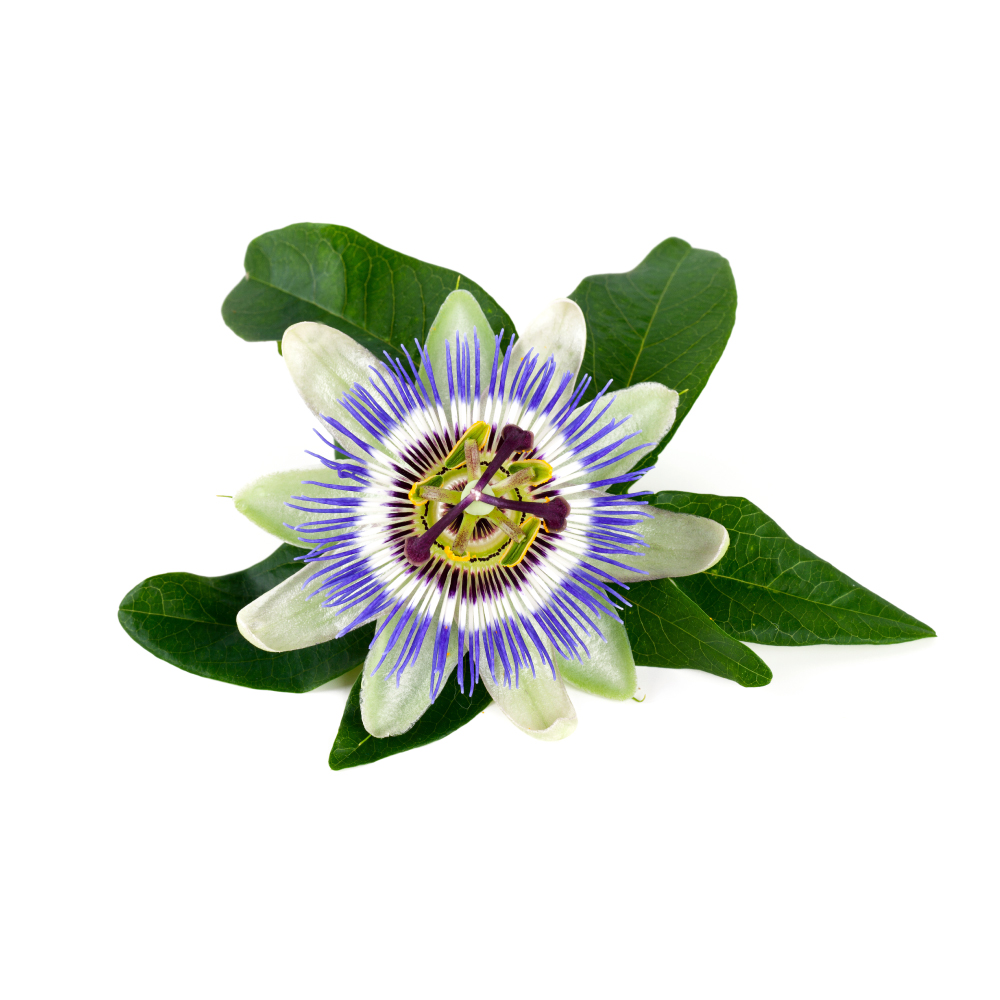

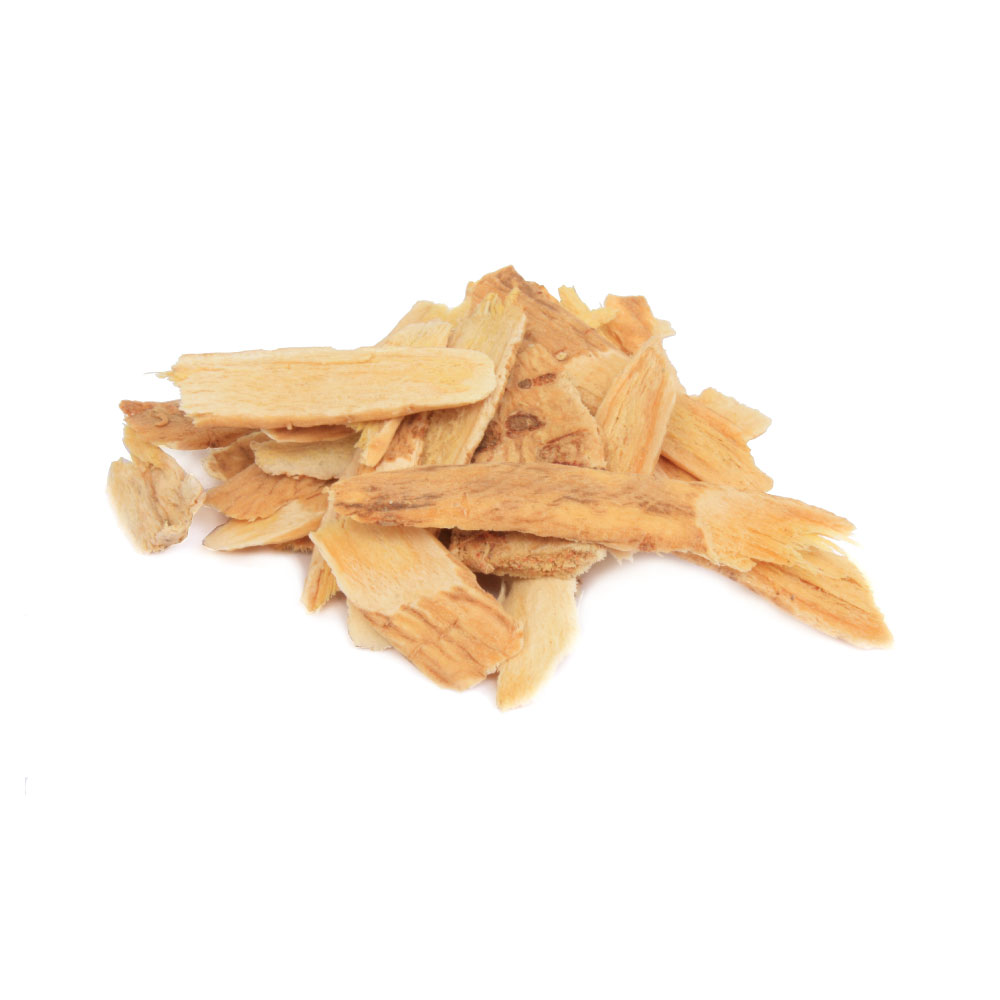



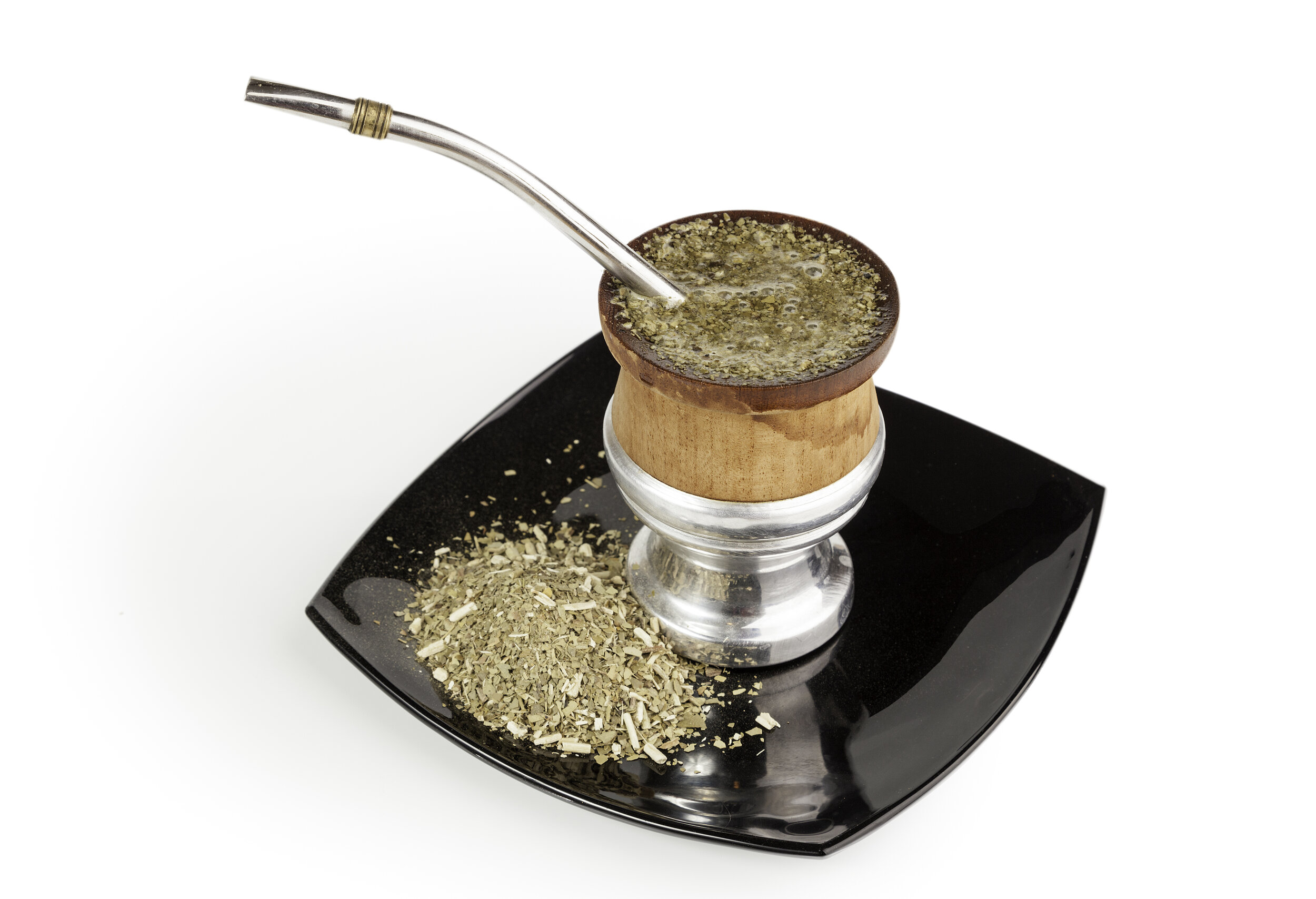
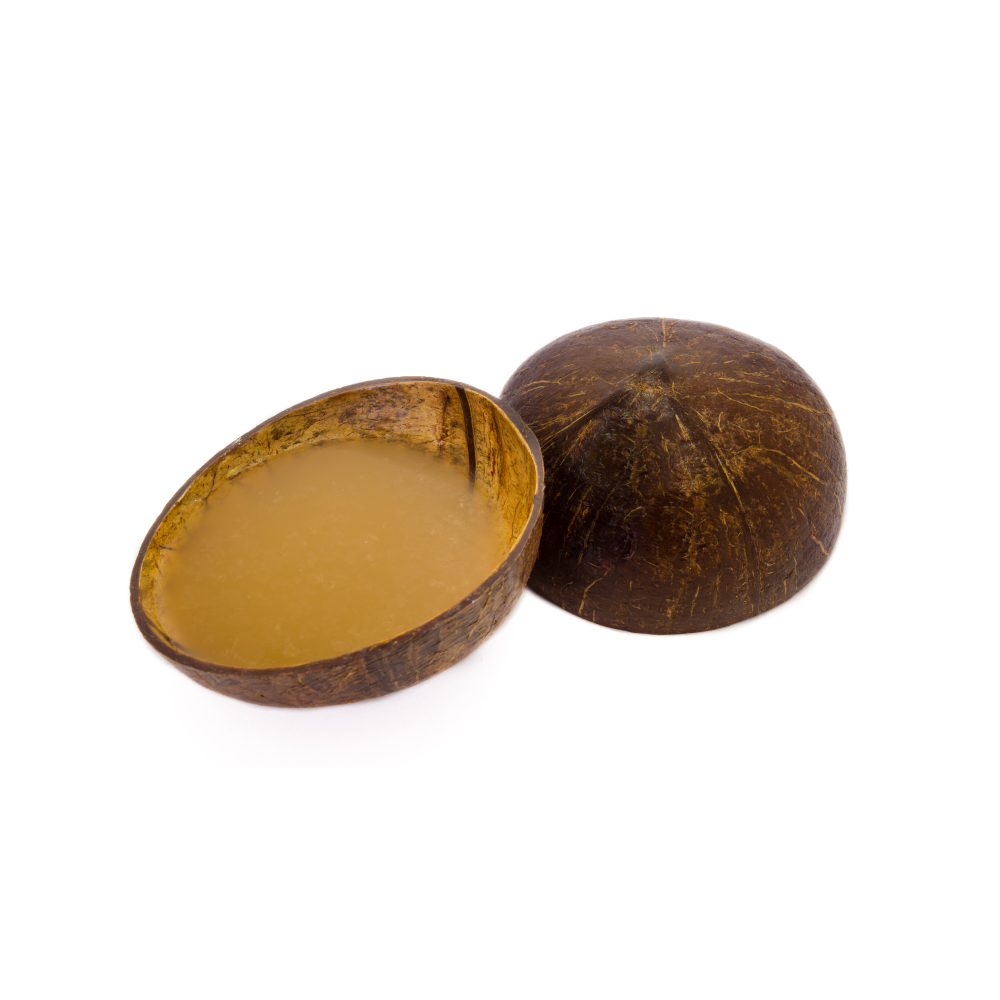

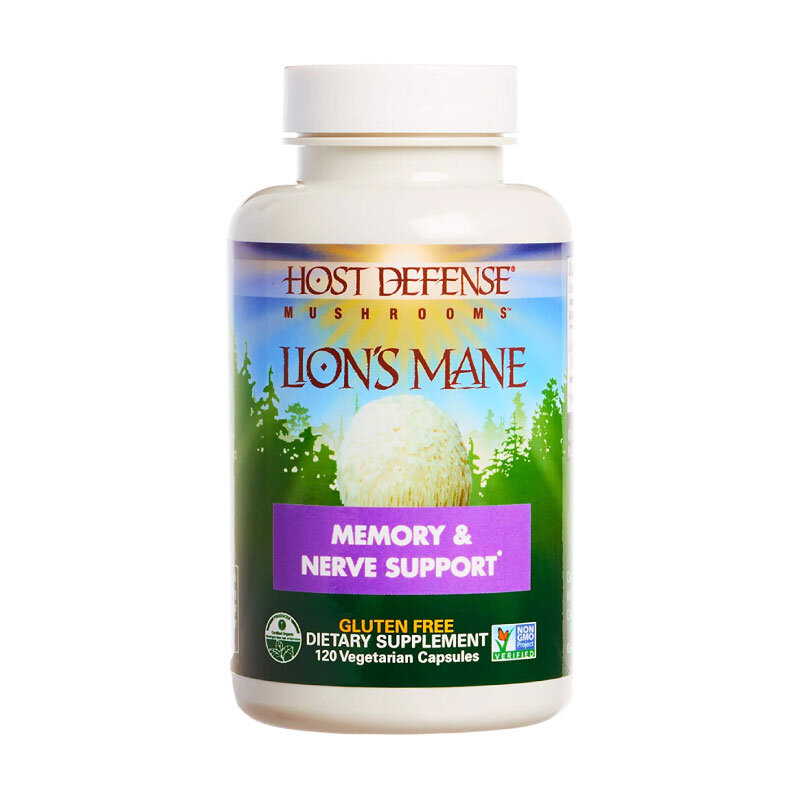




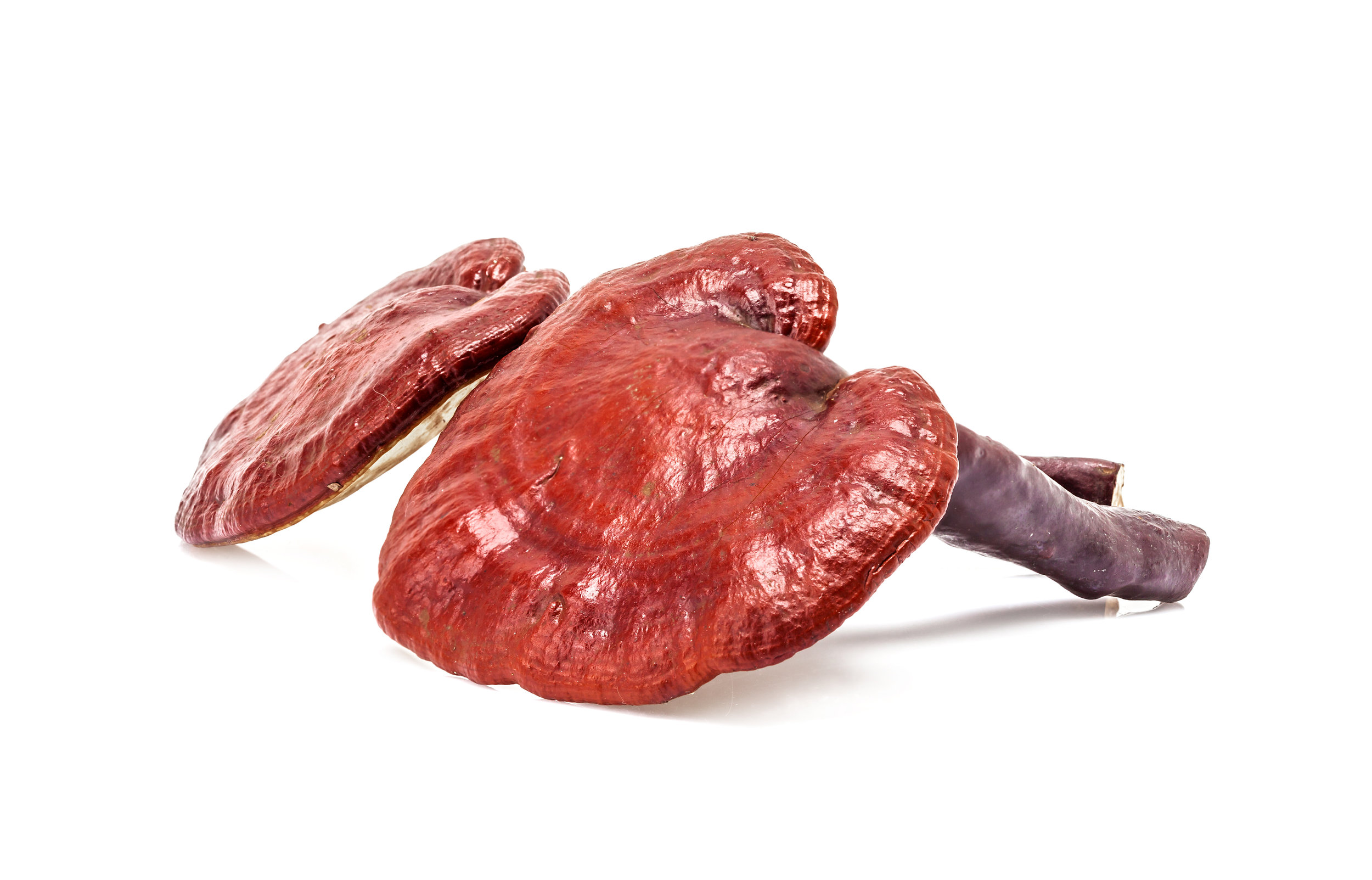





As COVID-19 continues to spread around the world, we’re getting a lot of questions on what the potential role of herbal medicine is during the outbreak. Learn how the virus works and how to limit your chances of transmission.